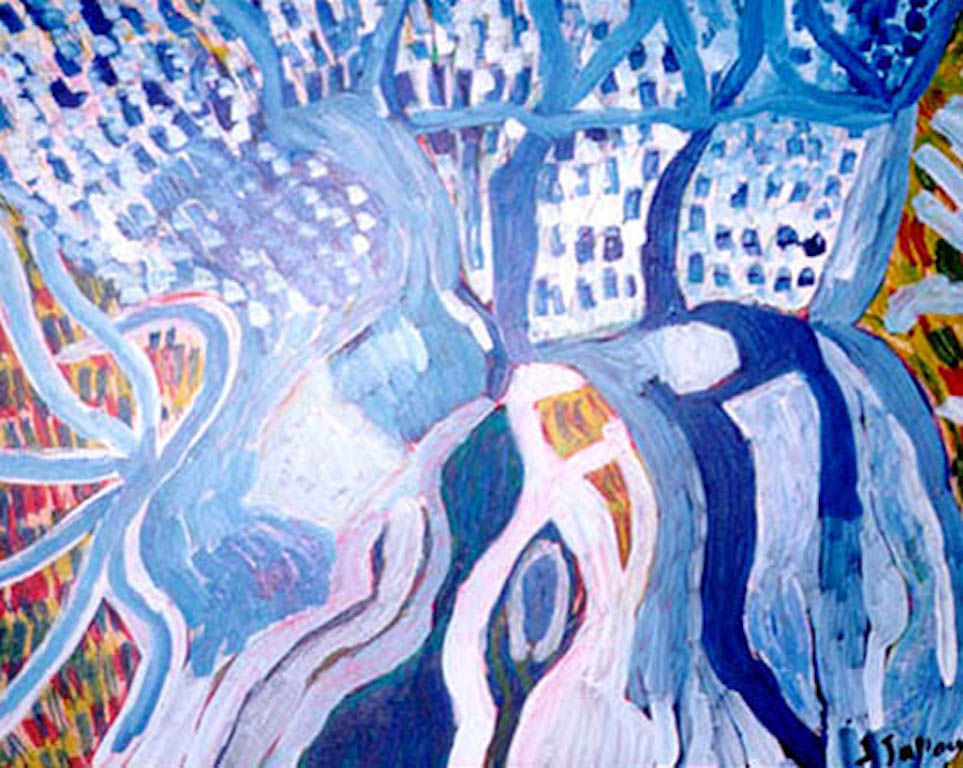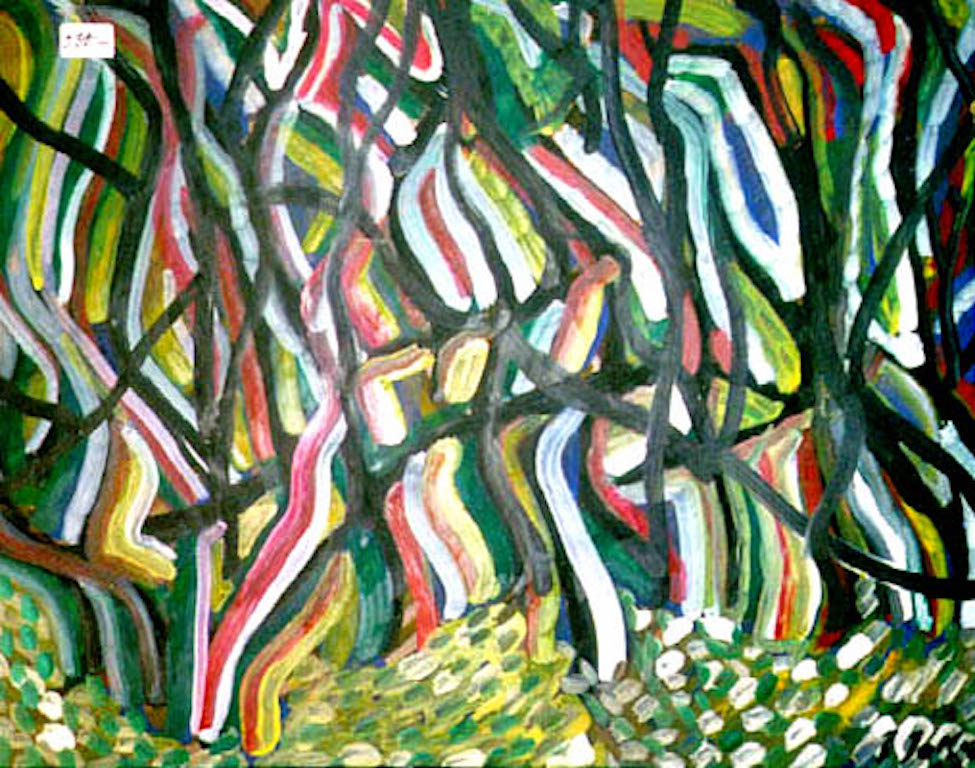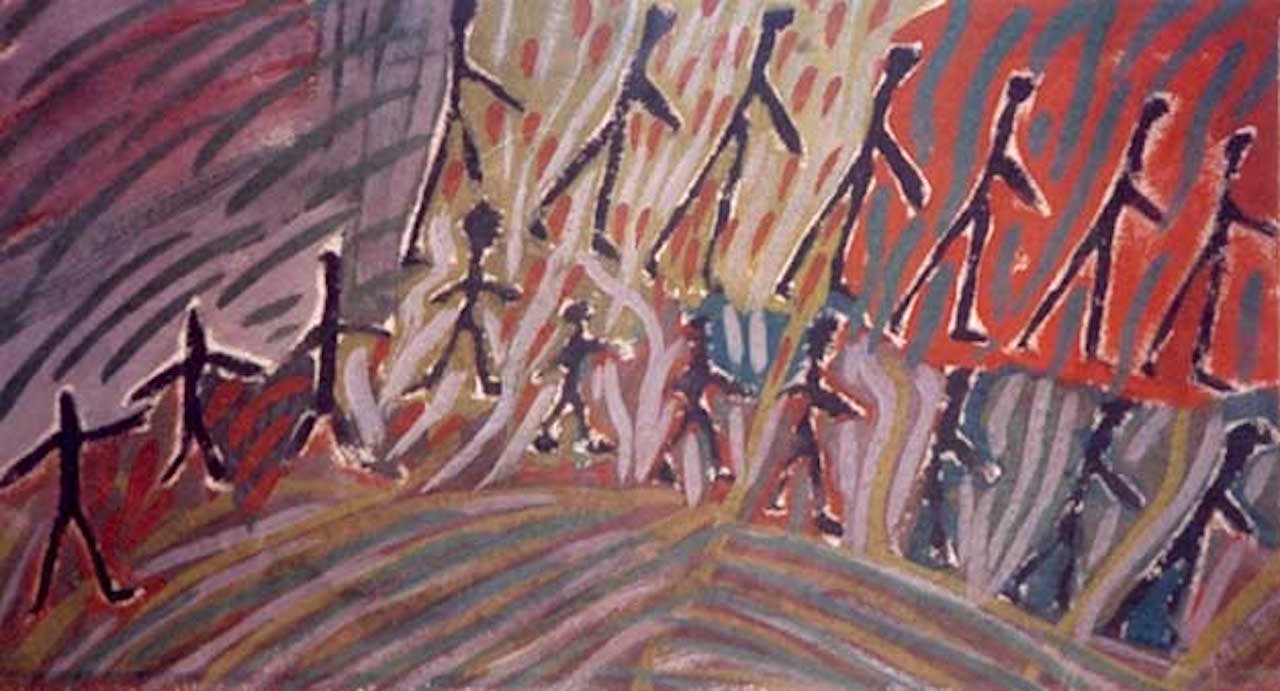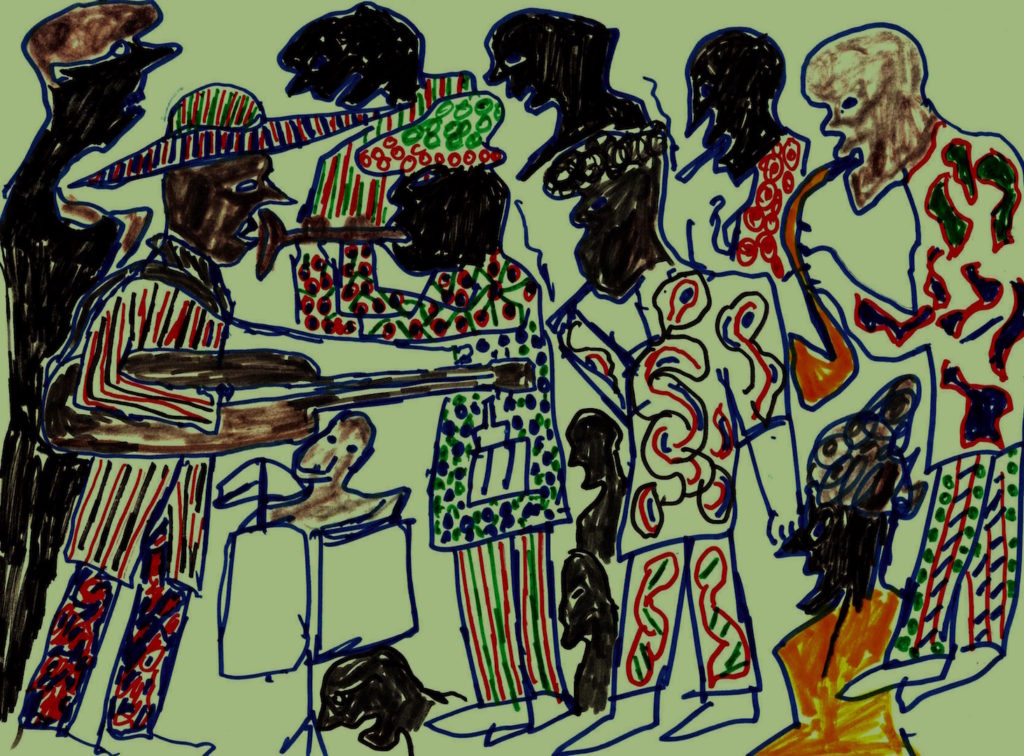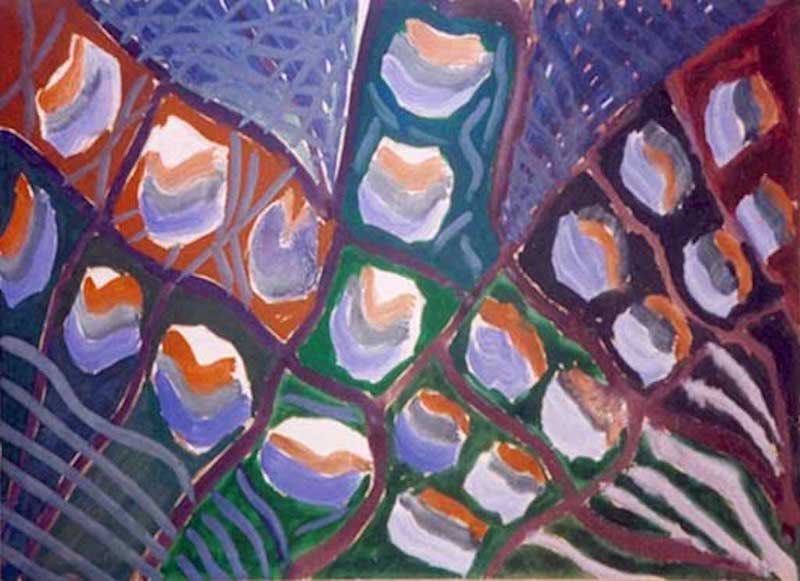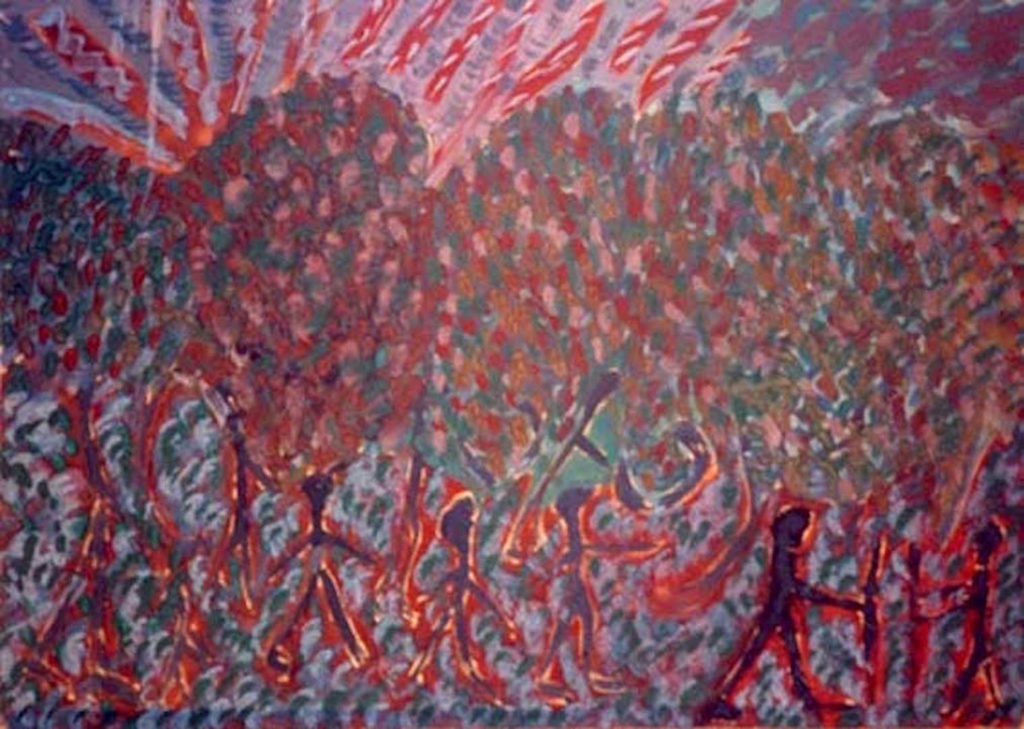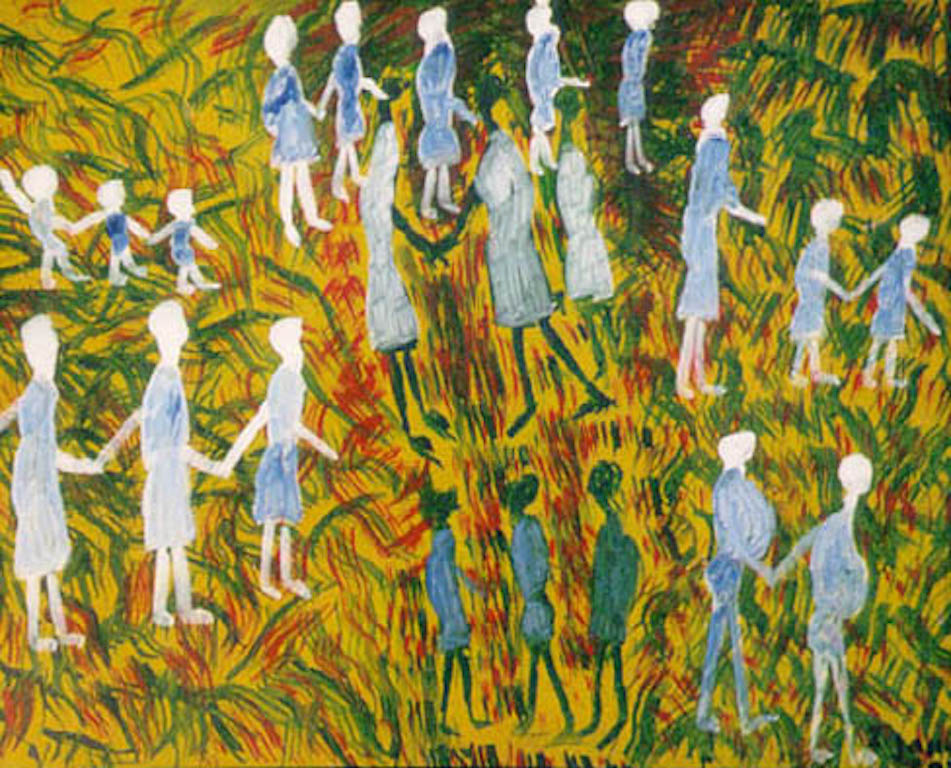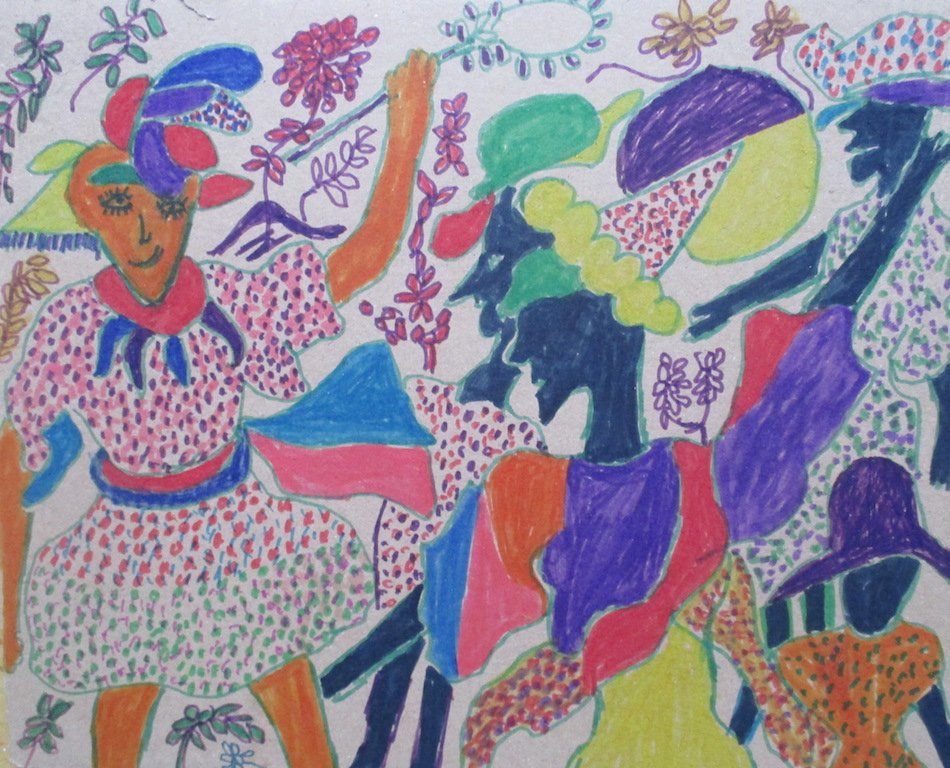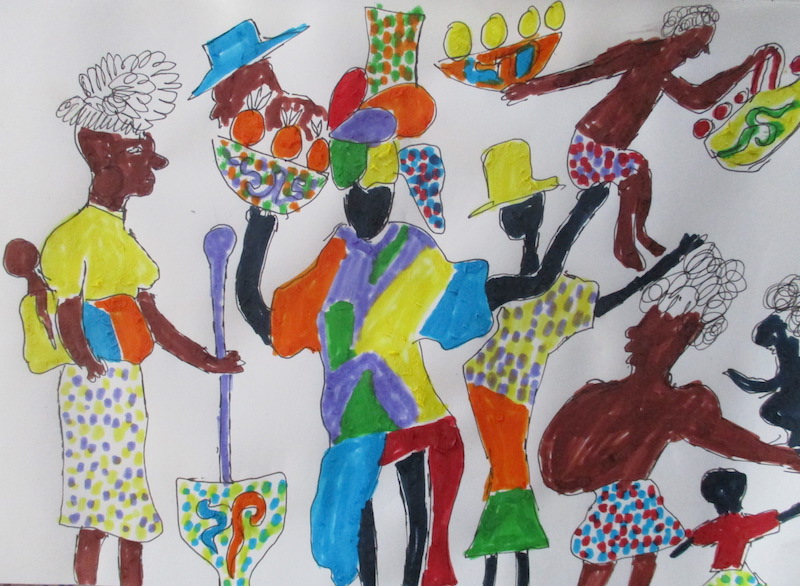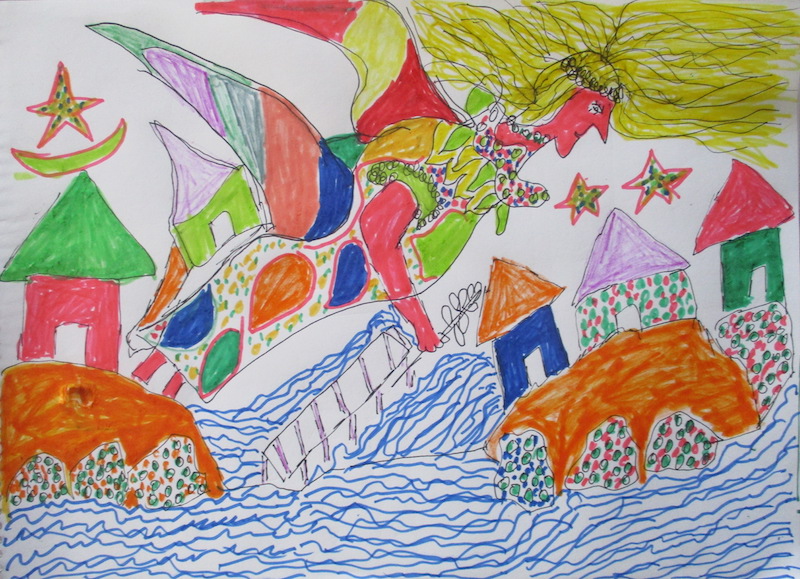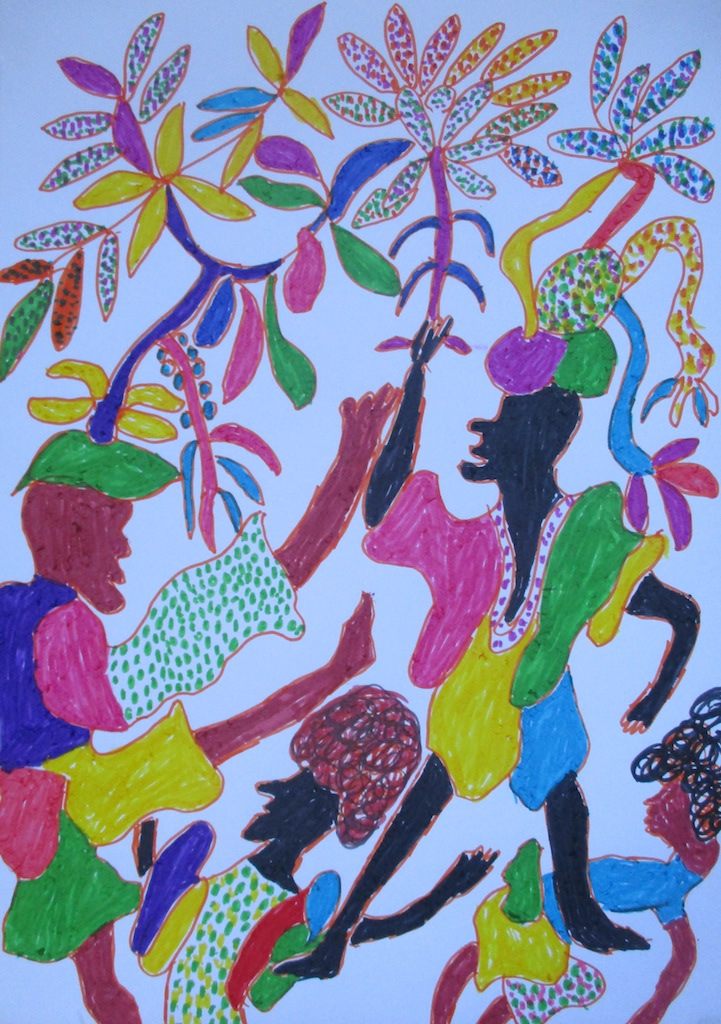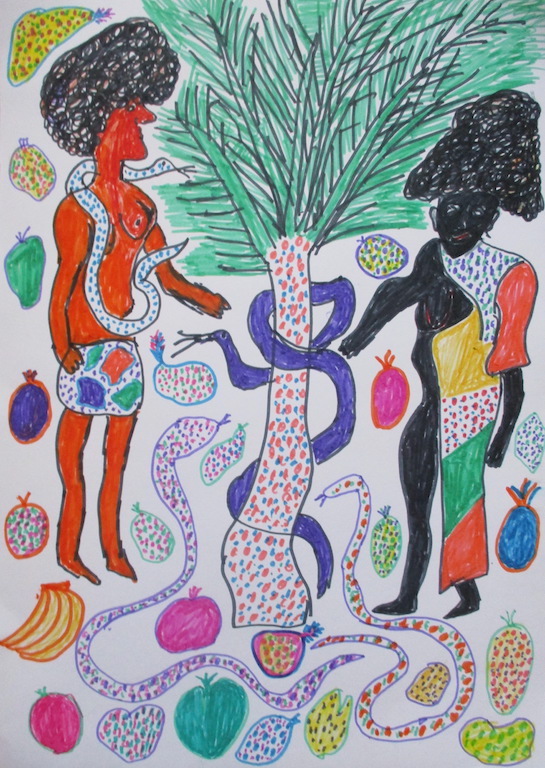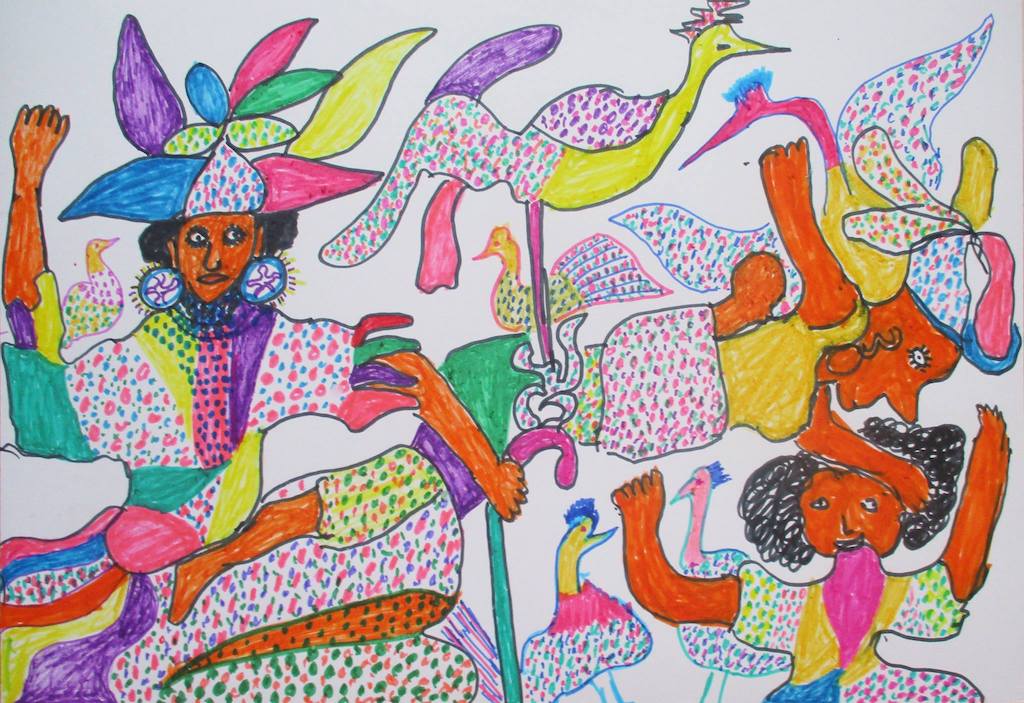Helheta / Gunilla Madegård Website /Blog
A R T W O R K O F I S S A
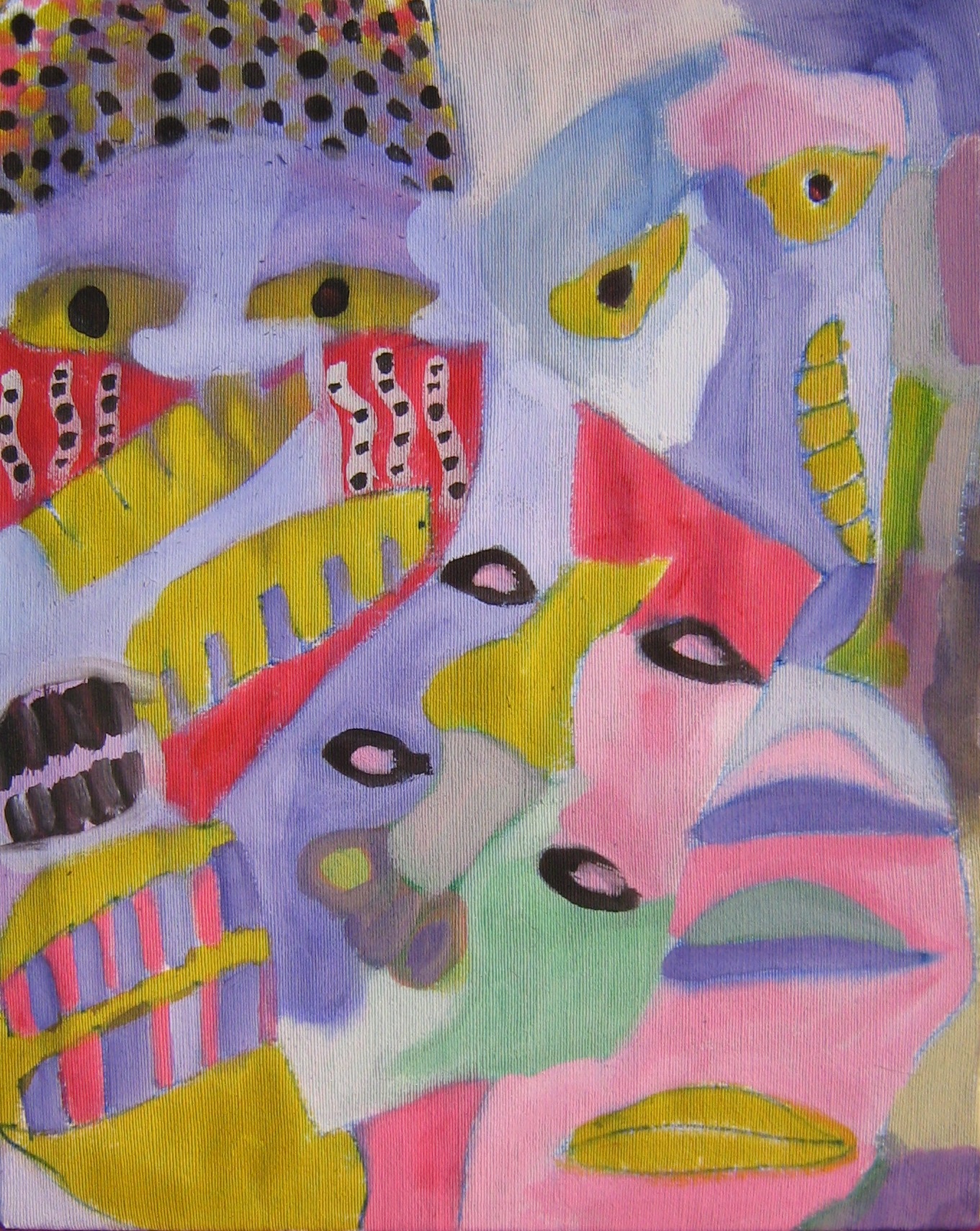

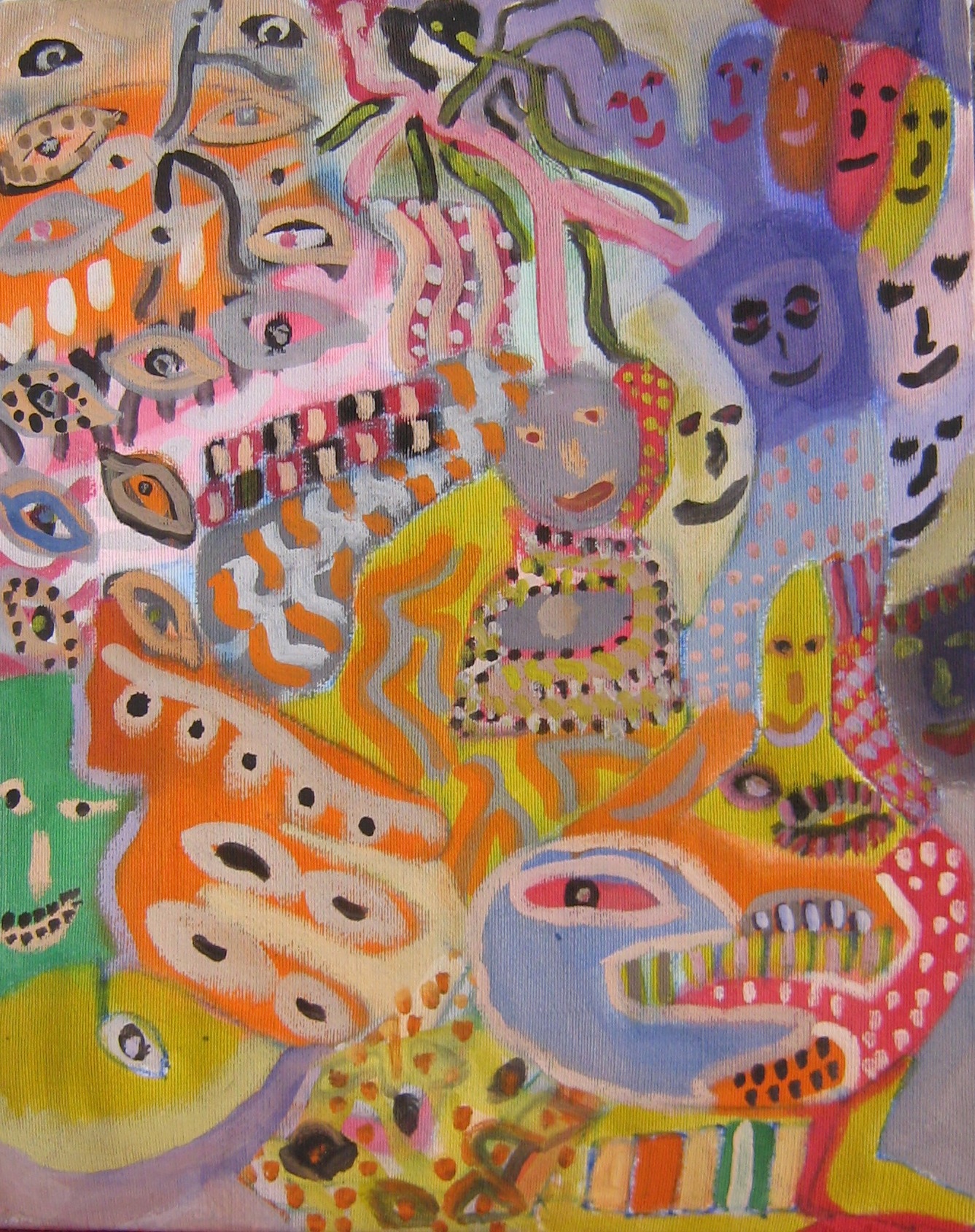
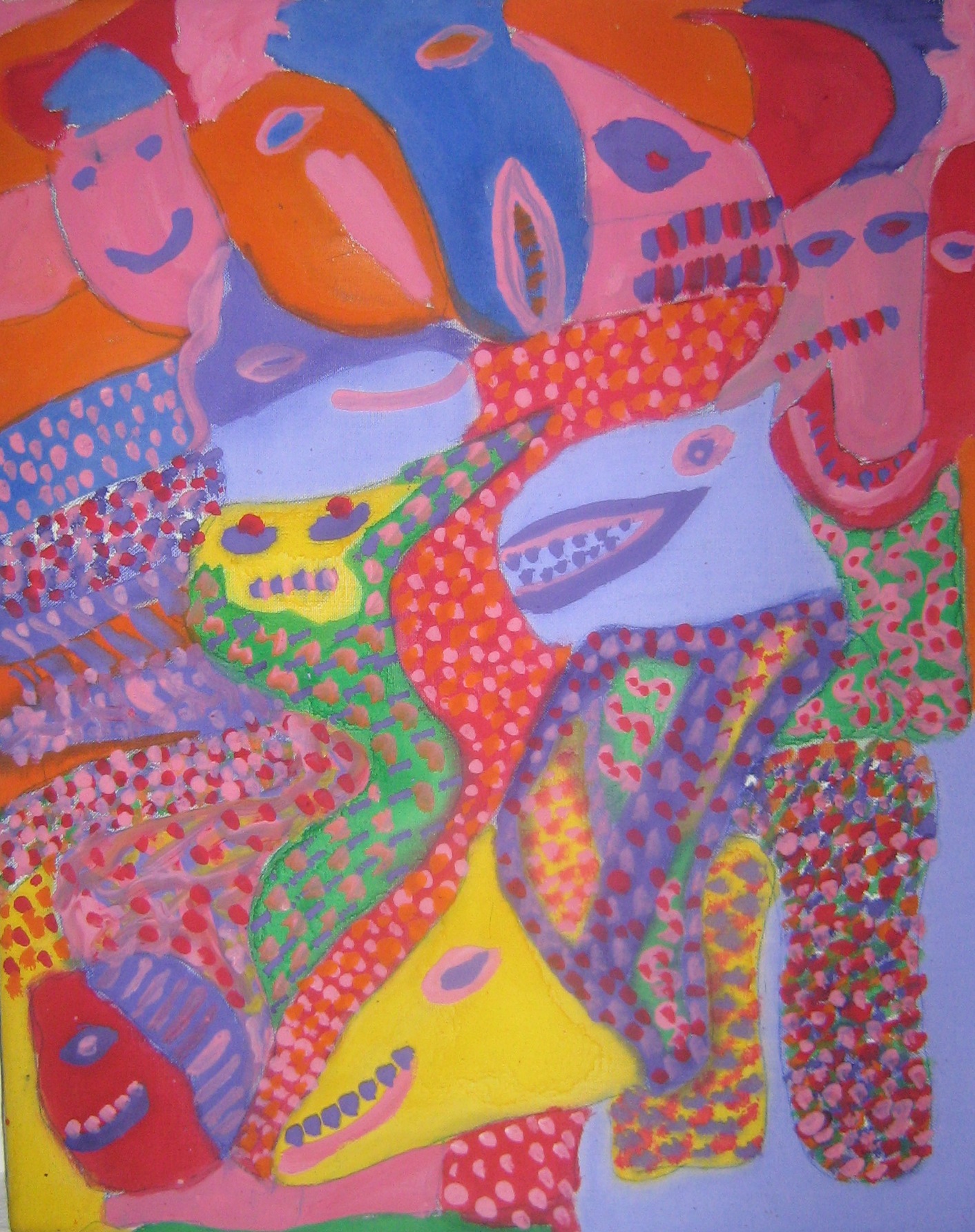
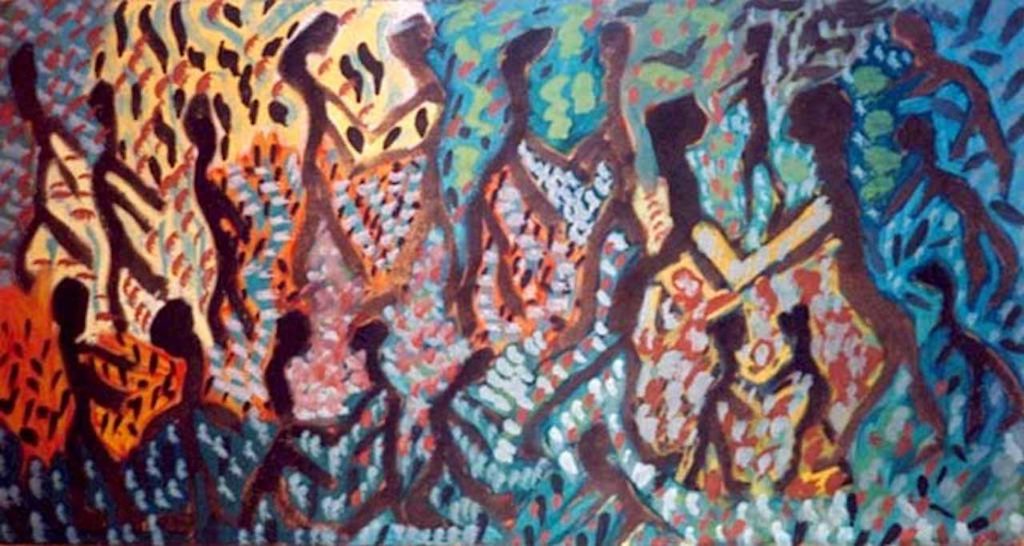
M A T R I A R C H A L A E S T H E T I C S:
People inbedded in their environment and community
Visions of the beauty inherit in the structures and patterns of life and nature
Women and children making up a safe triad together with their male Heros / backups
The guise of nature as the immanent Goddess of abundance and giftgiving
Cultic dedication through making music, rythm, dance and movements
Art made by organic material
Art and rite in and by nature

M A T R I A R C H A L I S T;
ROBERT VON RANKE GRAVES
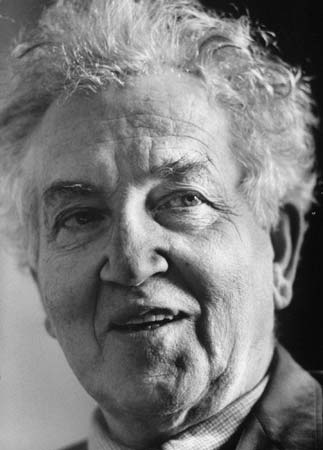

APPOLONIAL VS DIONYSIAN APPROACH TO ART / AESTHETICS
Thesis by Robert von Ranke Graves
Robert von Ranke Graves, 1895- 1985 was an English poet, novelist, critic, and classical scholar who carried on many of the formal traditions of English verse in a period of experimentation and eventually became a so called "matriarchalist" radicalist far beyond his time. In many senses his life and attitudes reminds of his contemporary fellow academic: Robert Briffault, as both of them after having taken part in WW1 set out to look for alternative forms of societies / cultures to Western civilisation and didn't´t hesitate to announce the matriarchal foundation to modern patriarchal society and history.
While serving as a British officer at the western front, Graves was severely marked by the horror of trench warfare, and remained deeply troubled by his war experiences for at least a decade.
Before 1914 Graves was as a typical Georgian poet, but his war experiences and the difficulties of his personal life gave his later poetry a much deeper and more painful note, and as such he found much indspiration and an alternative in the matriarchies he, as well as other contemporaries and predecessors, endeavoured in their historical /archeological / anthropological investigations.
In The White Goddess: A Historical Grammar of Poetic Myth, 1948, Graves’s controversial and unorthodox theories of mythology, part invention and part based on his research into pre-Classical religions, shocked many because of their basic feminist premise. According to Graves, the White Goddess combines the powers of love and death, rebirthing and poetic inspiration. She ruled during a matriarchal period in the distant past before she was deposed by the patriarchal gods, who represent cold reason and logic.
It was at this point Graves claimed, that “Apollonian” or academic poetry began to dominate. Graves further argued that the White Goddess was again in evidence during the Romantic era.
The best poets—the only ones really capable of writing poetry, according to Graves—continue to worship her and are honoured with her gifts of poetic insight.
Thus; Here we are again; Are there really such a thing as "matriarchal art or aesthetics" - something that differs from the appolonian controlled, well mastered and balanced kind of art, and carriages a more spontaneous / intuitive imaginative or dionysian and/or lyrical touch in the aesthetic expression?
It may seem farfetched - but might perhaps distinguish the difference between individual - collective
Have a look at Issas imagery - he who is Son of Matriarchy would know - and judge for yourself.
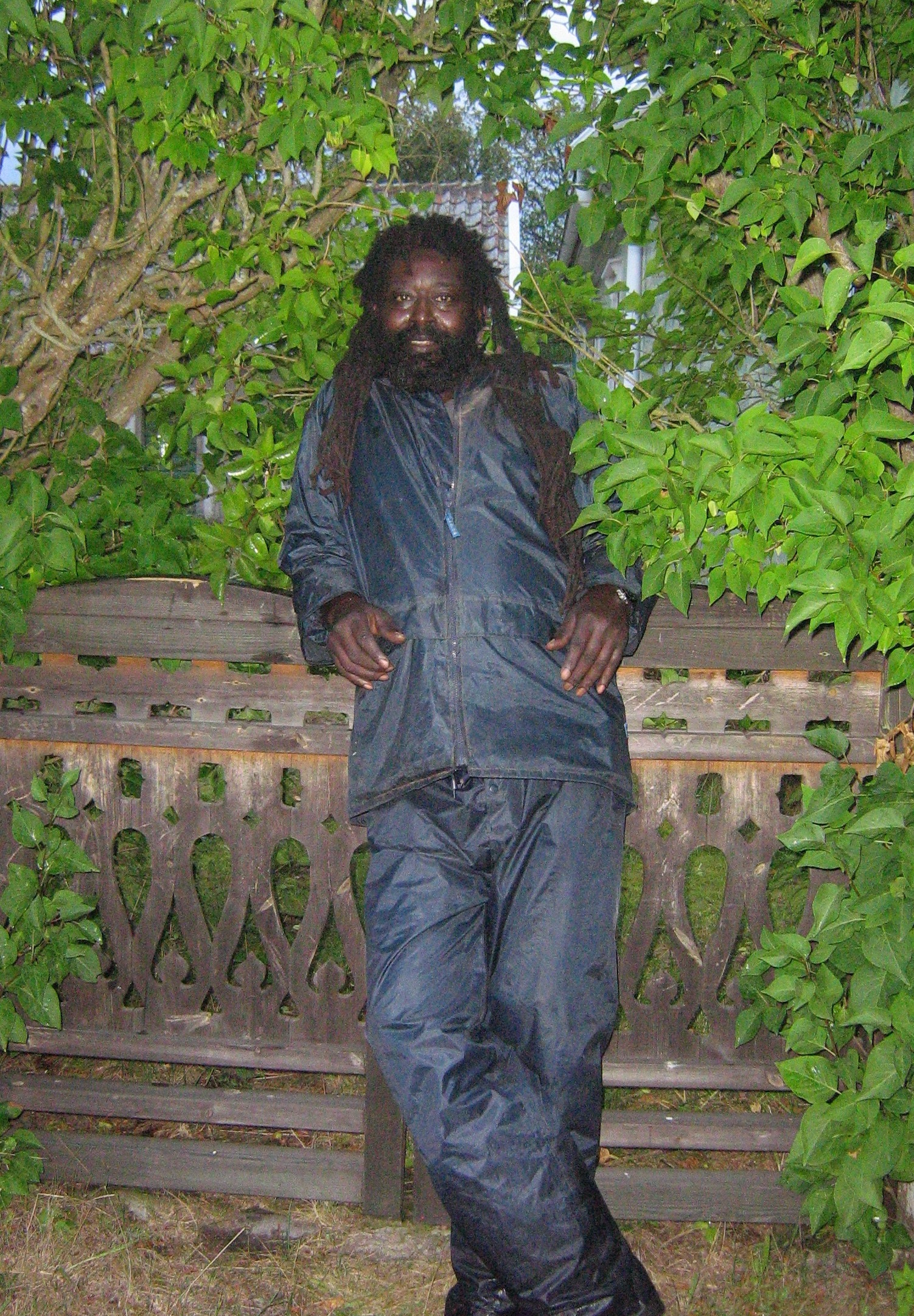
I S S A
S O N O F M A T R I A R C H Y
T H E D A N C I N G G O D D E S S
Heide Göttner-Abendroth

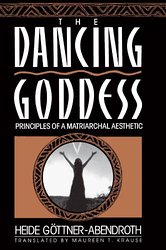
T H E D A N C I NG G O D D E S S
by Heide Göttner Abendroth
Blending theory, criticism, and ritual, reveals the foundations of the ancient tradition of "matriarchal art," and shows how that tradition flourishes in the works of major contemporary women artists and in contemporary women's spirituality.
Heide Gottner-Abendroth is a researcher of matriarchal societies and in this spirit this book was written. She formulates concepts of a matriarchal art and aesthetic through going back to matriarchal ritual art. She defines this art as a process of shaping and reshaping life well integrated in our cultural and social experience as the center of this practice (in contrast to patriarchal art as fiction and formal technique).
M A T R I A R C H A L A E S T H E T I C S
A text by Heide Göttner Abendroth qouted from
Martha Senger at the G2 institute for Integral Aesthetics
Matriarchal Aesthetics:
Heide Gottner-Abendroth’s Art Utopia
"In an essay in Feminist Aesthetics, Heide Gottner-Abendroth develops a matriarchal art utopia based on the assumption that matriarchal mythology is the universal basic pattern of all mythologies from which all religions have developed; a structure of the imagination not complete in itself whose concrete forms are as varied as the regional, individual and social conditions of those who created them. Matriarchal art is therefore “diversity in unity, in which the unity is not dogmatic, the diversity not subjective.”
As she explains, matriarchal art is not ‘text’, not is it limited to manufacturing art products. On the contrary, “it is a process which gives a pre-exiting inner structure, found in the ritual of dance, external expression. It is a process in which all participate collectively to create this external expression; a process that demands the total commit-ment of all participants” and in which all who participate “operate simultaneously on the levels of emotional identification, theoretical reflection and symbolic action, wedding together feeling, thinking and doing in the form of the concrete mythological image – a totality that releases true ecstasy in the participants…a dynamic process characterized by ecstasy and with a positive impact on reality (magic).
Because it cannot be objectified, matriarchal art cannot be subdivided into genres, nor is there a division between art and non-art which serves to break down the barriers between art and theory. “In its ancient form” she writes “matriarchal art merges with mythology and with the natural and social sciences. At the same time, it breaks down the barrier between art and life.” The erotic is the dominant force and not work, discipline or renunciation.
Aestheticizing Society
The social changes which matriarchal art brings about override the divisions in the aesthetic sphere. In patriarchal societies aesthetics is divided into a formalist, elitist, socially effective art on the one hand, and a popular, widespread but socially vilified and outcast art on the other. Overcoming this division would return to art its original public role, allowing it to emerge as the most important social activity and bringing about the aestheticisation of the whole of society. This was the reality of ancient matriarchal art, modern matriarchal art attempts to achieve it once again.
A New Web of Connections
“It is a tremendous challenge,” she concludes, “to live by the values which patriarchal societies have banished to the ghetto of the unreal. Patriarchal societies will fight matriarchal art because it does not allow itself to be domesticated either formally or socially. And thus this art finds itself involuntarily at the scene of political action. Its form will be the very unusual one of political confrontation, a totally unexpected tactic for the opponent who has not experienced this form of resistance before. The battle will not be an exchange of hostilities but an incessant ebb and flow/advance and retreat, an ungraspable symbolisation, the creation of a completely new web of connections in the centre of this fragmented, atomized world.
As a form of living, It is beauty but not a commodity. It seeks to dissolve the divisions within the aesthetic and aestheticise the whole of society. This means creating a meaningful social life together. Seen from this perspective, art is no longer a specialized technique, an exclusive know-how but the universal ability to shape a worthwhile life, both personally and socially.”
What is a Matriarchy – Modern Matriarchal Studies
Due to the endeavour with Robert Graves work, Heide Göttner-Abendroth as a young student was much inspired to continue the investigations of the omitted matriarchal past; its kind of "religious" mythopoetic approach to life and the phenomena.
Her extensive work is then presented in too different books; the first one considering the mere mythological issues: Die Göttin und ihr Hero, 1982, (The Goddess and her Hero, , and the second considering the special matriarchal view upon the aesthetics that goes along with it: Die Tanzende Göttin, 1982 ( The Dancing Goddess, 1991)
Rather difficult rot understand.
You have to start with
I have had 20 years together with Issa to try to find out what´s going on in his mind, that seems so very special to me. And I have also thoroughly plunged HGA:S books
Theorising by Heide Göttner Abendrothsin her work: The dancing Goddess
As someone wrote in her review of Heide Göttner Abendroths: The dancing Goddess
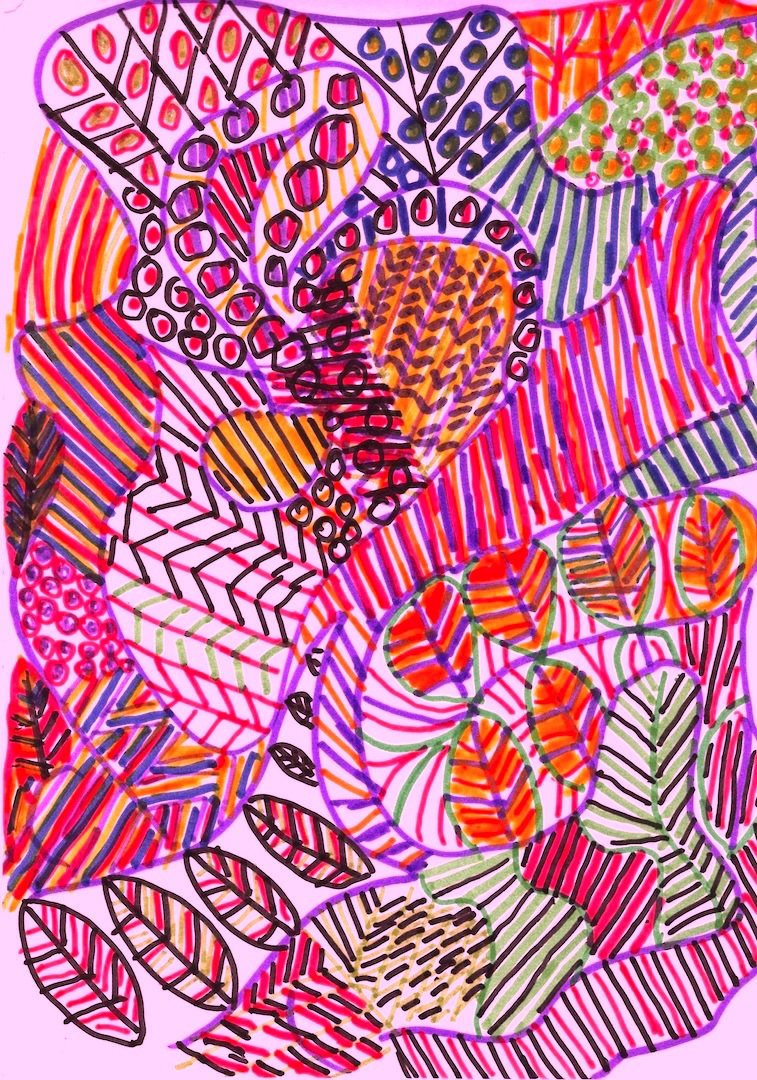
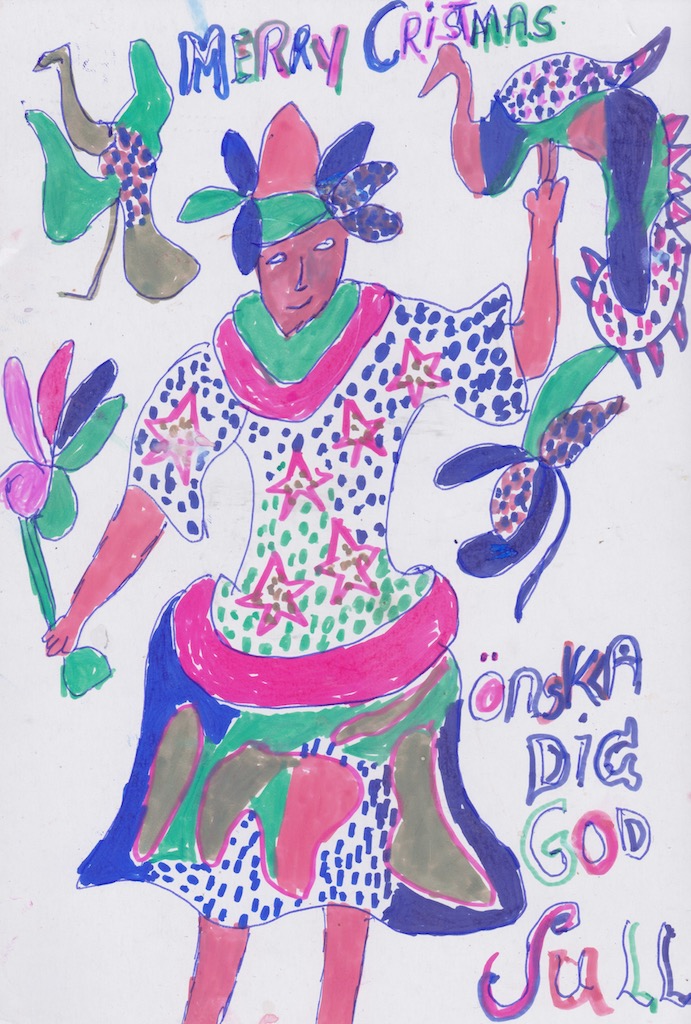
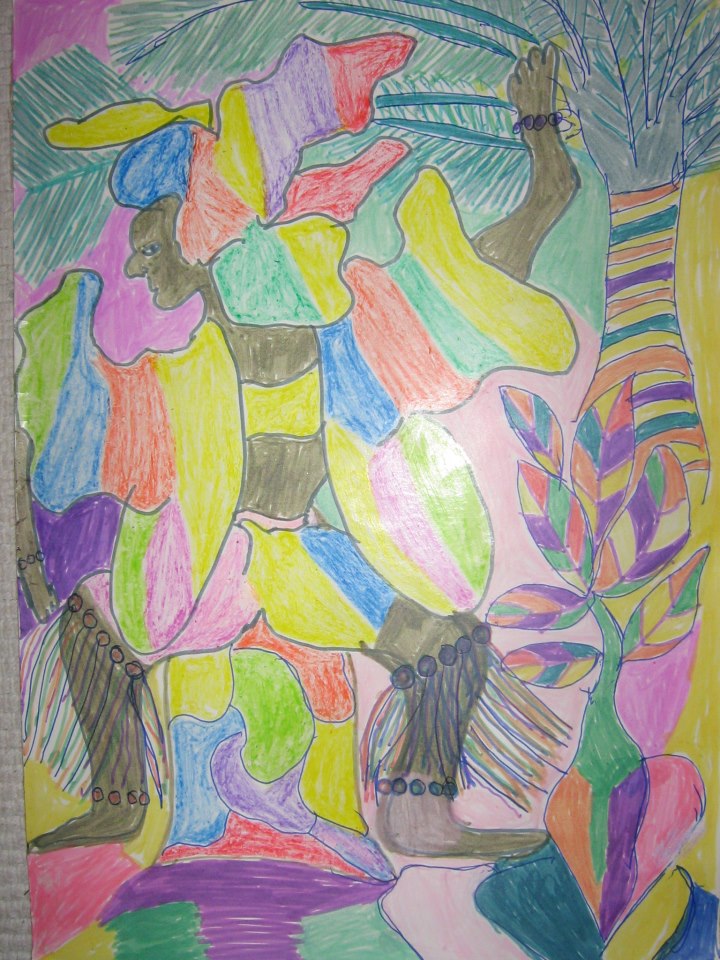

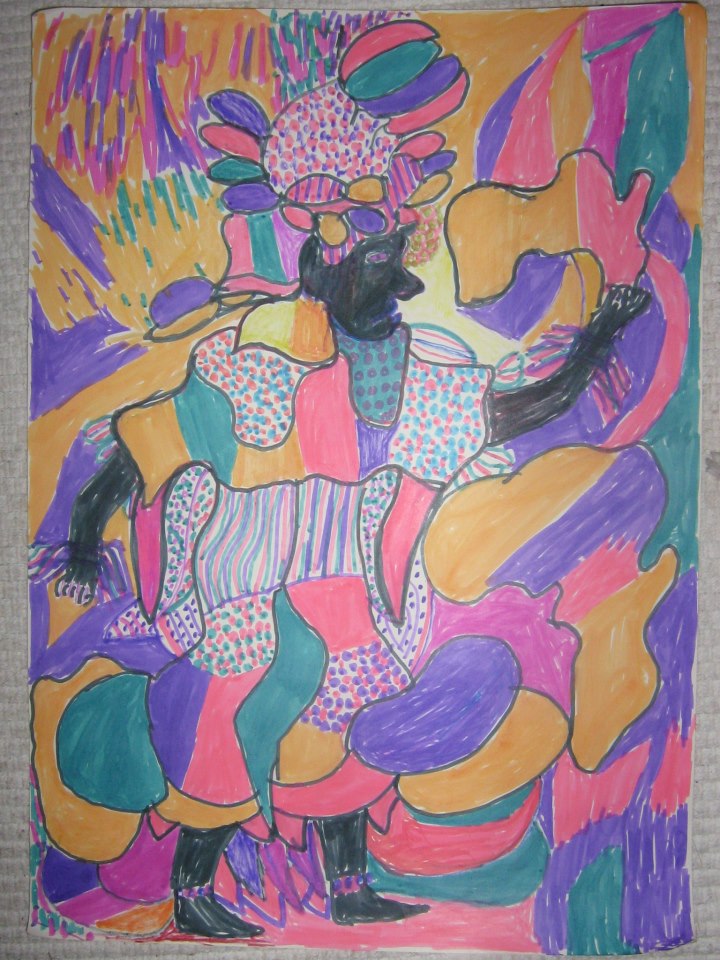
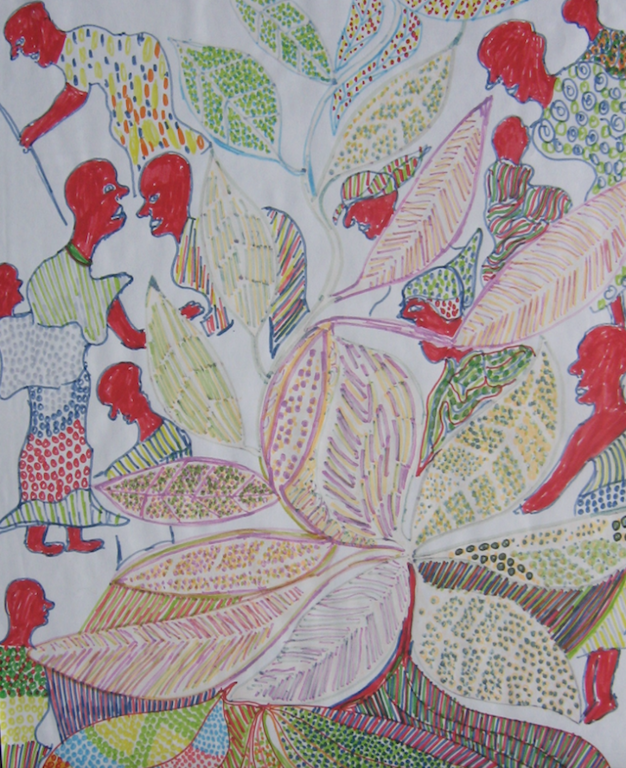
FIRST THESIS
Matriarchal art transcends the fictionality principle, which confines art to “beautiful semblance” and rids it of its relation to real life. Beyond the principle of fictionality art is magic.
Magic art changes reality by enabling humans, with the aid of symbols, to act in accordance with the great terrestrial and cosmic cycles.
F I V E T H E S I S A B O U T M A T R I A R C H A L A E S T H E T I C S
FIRST THESIS
Matriarchal art transcends the fictionality principle, which confines art to “beautiful semblance” and rids it of its relation to real life. Beyond the principle of fictionality art is magic.
Magic art changes reality by enabling humans, with the aid of symbols, to act in accordance with the great terrestrial and cosmic cycles.
SECOND THESIS
Matriarchal art has an enduring, pre-existing framework: the cycle of the seasons of heaven and earth. These were celebrated in the great cultic festivals throughout the year, which are preserved in the patterns of traditional matriarchal mythologies.
In this sense matriarchal art does not produce objects, but is a process shared by all participants.
THIRD THESIS
Since it does not produce objects, matriarchal art knows no separation of artistic genres.
The cultic festivals are an indivisible union of music, song, poetry, dance, ornamentation, visual art, comedy, and tragedy; and everything serves the purpose of invoking, celebrating, and glorifying the Great Goddess in her many diverse aspects.
FOURTH THESIS
Matriarchal art does away with the split in the aesthetic dimension. In patriarchal societies, the aesthetic dimension is split into a formalistic, elitistic, socially insignificant art and a popular, wide-spread, socially despised art.
The dissolution of that split would restore to art the entirely public character it once had. Art would then manifest itself as an alternative symbolic practice and, through its processes of social change, bring about the aestheticization of the entire society.
FIFTH THESIS
In this sense art is not a special technical skill. But it is the ability to create, to nurture, to celebrate, and reshape life.
In every patriarchy, the practice of matriarchal art is an opposing power with the possibility of gentle revolutionary change.”

SECOND THESIS
Matriarchal art has an enduring, pre-existing framework: the cycle of the seasons of heaven and earth. These were celebrated in the great cultic festivals throughout the year, which are preserved in the patterns of traditional matriarchal mythologies.
In this sense matriarchal art does not produce objects, but is a process shared by all participants.
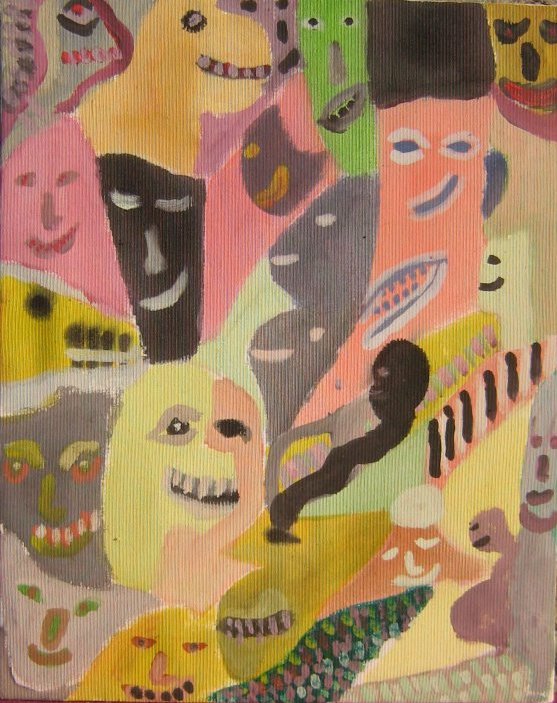
HEIDE GÖTTNER-ABENDROTH´S FIVE THESIS ABOUT MATRIARCHAL AESTHETICS
FIRST THESIS
Matriarchal art transcends the fictionality principle, which confines art to “beautiful semblance” and rids it of its relation to real life. Beyond the principle of fictionality art is magic.
Magic art changes reality by enabling humans, with the aid of symbols, to act in accordance with the great terrestrial and cosmic cycles.
SECOND THESIS
Matriarchal art has an enduring, pre-existing framework: the cycle of the seasons of heaven and earth. These were celebrated in the great cultic festivals throughout the year, which are preserved in the patterns of traditional matriarchal mythologies.
In this sense matriarchal art does not produce objects, but is a process shared by all participants.
THIRD THESIS
Since it does not produce objects, matriarchal art knows no separation of artistic genres.
The cultic festivals are an indivisible union of music, song, poetry, dance, ornamentation, visual art, comedy, and tragedy; and everything serves the purpose of invoking, celebrating, and glorifying the Great Goddess in her many diverse aspects.
FOURTH THESISMatriarchal art does away with the split in the aesthetic dimension. In patriarchal societies, the aesthetic dimension is split into a formalistic, elitistic, socially insignificant art and a popular, wide-spread, socially despised art.
The dissolution of that split would restore to art the entirely public character it once had. Art would then manifest itself as an alternative symbolic practice and, through its processes of social change, bring about the aestheticization of the entire society.
FIFTH THESIS
In this sense art is not a special technical skill. But it is the ability to create, to nurture, to celebrate, and reshape life.
In every patriarchy, the practice of matriarchal art is an opposing power with the possibility of gentle revolutionary change.”
